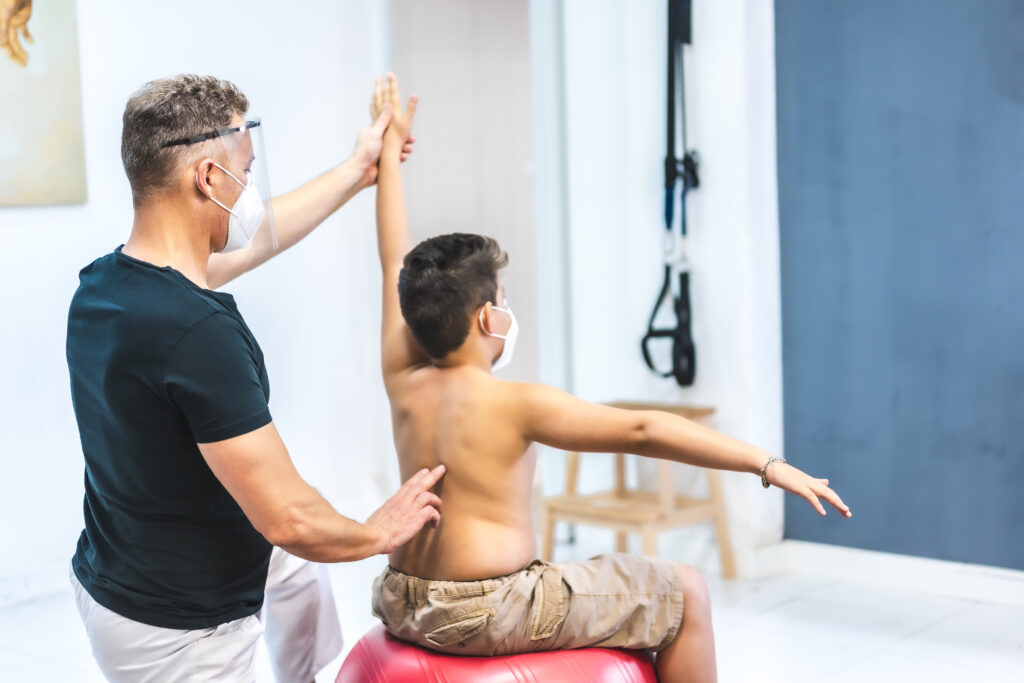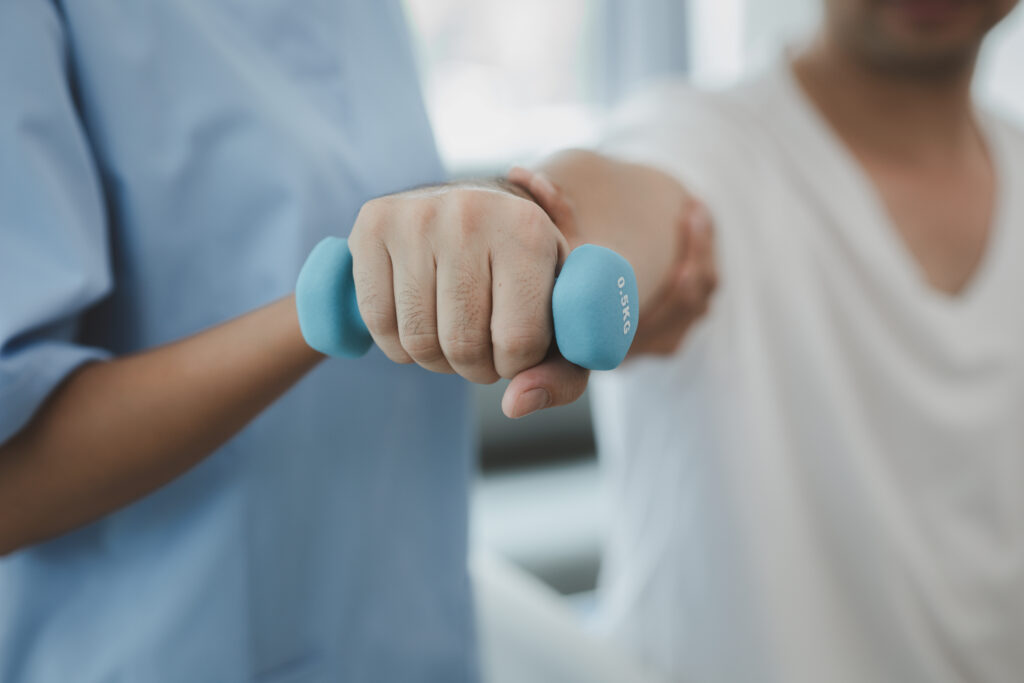Mild scoliosis is a condition where the spine exhibits a side-to-side bend, as opposed to the ideal straight alignment when viewed from the front. Typically diagnosed through an x-ray or consultation with an orthopedic pediatrician, mild scoliosis is characterized by a curvature ranging from 10 to 25 degrees. Surprisingly, the general medical approach to mild scoliosis is often a recommendation of “do nothing.” Dr. Andrew Strauss explores the reasons behind this approach, the potential risks, and mild scoliosis treatment options available.
The Do-Nothing Approach: Is it Really Safe?
Dr. Andrew Strauss sheds light on the somewhat counterintuitive medical stance of recommending inaction when dealing with mild scoliosis. Despite its seemingly passive nature, this approach is rooted in research that indicates around a 70% chance of progression in cases with a 20-degree curve in young children. This progression may even lead to surgical intervention. While some parents reject this approach, preferring proactive measures, the medical community often suggests waiting and monitoring the condition.
Mild Scoliosis Treatment Options in Children
Many parents express a desire to take action against mild scoliosis rather than adopting a wait-and-see approach. Dr. Strauss advocates for a proactive, exercise-based program for children with mild scoliosis. This program is designed for home use, with periodic checkups at the clinic to ensure the effectiveness of the treatment. The goal is not necessarily a perfectly straight spine but rather stabilizing the curvature at a mild level, ideally 20 degrees or less, by the time the child reaches skeletal maturity.
The Arbitrary Definition of 10 Degrees
Dr. Strauss talks about the somewhat arbitrary definition of mild scoliosis, which is often considered to be a curve of 10 degrees or more. He traces this definition back to a letter to the editor in the New England Journal of Medicine, where an orthopedic surgeon suggested 10 degrees as an appropriate diagnostic threshold. The origins of this standard highlight the complexities of defining and categorizing scoliosis.

Mild Scoliosis in Adults: A Different Challenge
Scoliosis in adults presents a different set of challenges. Approximately 60% of individuals over the age of 70 have scoliosis, meeting the diagnostic criteria of 10 degrees or more. Unlike in children, where scoliosis often stems from developmental factors, adult scoliosis is primarily associated with degeneration in the spine. As adults age, the condition tends to progress at a rate of two to four degrees per year.
Addressing Pain in Adults with Mild Scoliosis
One significant difference between pediatric and adult cases of mild scoliosis is the presence of pain. While over 95% of children with mild scoliosis experience no pain, adults often seek treatment due to discomfort. It is important to prioritize pain relief in adults, making it the primary focus of treatment.
Exercise as a Key Treatment Modality
In both pediatric and adult cases, Dr. Strauss advocates for exercise-based treatments. For children, the goal is to halt the progression of the curve, while for adults, the emphasis is on alleviating pain and preventing further curvature. Unlike more invasive measures like bracing, mild scoliosis typically responds well to targeted exercises. Dr. Strauss outlines the importance of a scoliosis-specific exercise program tailored to the individual’s condition.
The Role of Therapy in Mild Scoliosis Treatment
In addition to home-based exercises, therapy sessions in the clinic may complement the overall treatment plan. These sessions can provide additional support and guidance, ensuring that the exercises are performed correctly and effectively.
Empowering Individuals with Mild Scoliosis
While the medical community often advocates a cautious approach of doing nothing for mild scoliosis, Dr. Andrew Strauss offers an alternative perspective. Through proactive, exercise-based treatments, individuals, especially children, can actively manage and potentially improve their condition. By understanding the nuances of mild scoliosis, exploring its origins, and embracing tailored exercise regimens, those affected can take control of their spinal health and overall well-being.
Also read: Is There Research on Exercise Based Scoliosis Care?
About:
Dr. Strauss is the director of the Hudson Valley Scoliosis Correction Center in New York. He has been actively engaged in scoliosis treatment for the past 30 years and has authored two books on the subject, Your Child Has Scoliosis and The Truth About Adult Scoliosis.
He is Vice President of the CLEAR Scoliosis Institute and a lecturer for their introductory and advanced workshops. He is certified in scoliosis bracing and in the use of scoliosis specific exercises. Dr. Strauss is a graduate of the ISICO World Masters of Scoliosis.His postgraduate studies also include a Masters Degree in Acupuncture as well as training in Grostic, Pettibon, CBP, Clinical Nutrition, Chinese Herbal Medicine, Manipulation under Anesthesia, and Electrodiagnosis.
His scoliosis practice has treated patients from 25 states and 32 other foreign countries.If you have questions about childhood and adult scoliosis and how it can be successfully treated without surgery subscribe to our channel!
